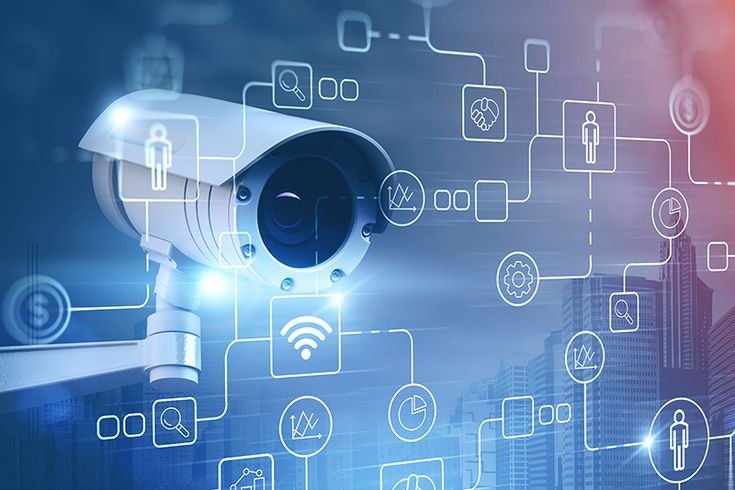
Get NEBOSH Fire Safety Training in Lahore Advance your career with NEBOSH fire safety certification Join our NEBOSH approved fire safety training Learn from industry experts NEBOSH fire safety course in Lahore Best NEBOSH fire safety training in Lahore Enhance fire risk management skills NEBOSH fire safety course in Pakistan Top rated NEBOSH fire safety training in Lahore

